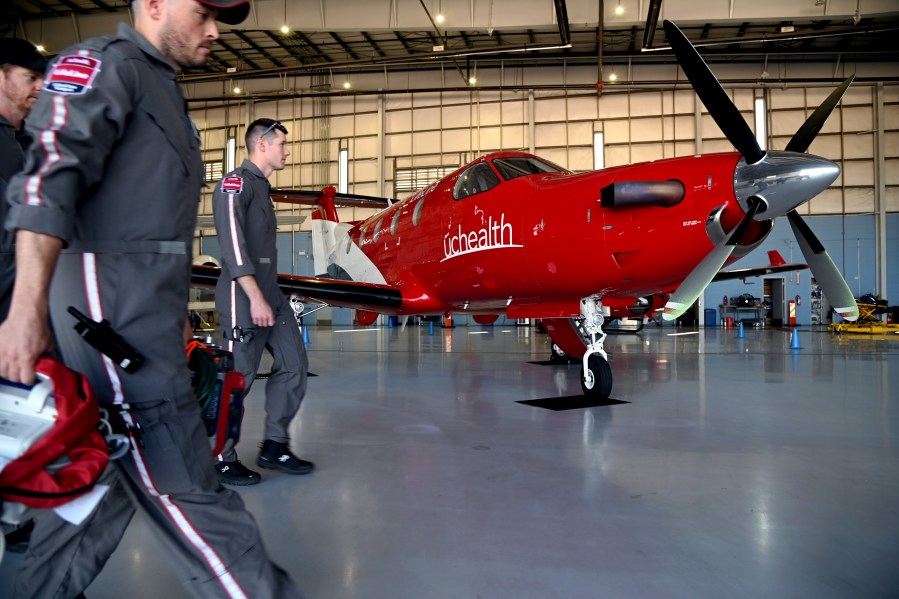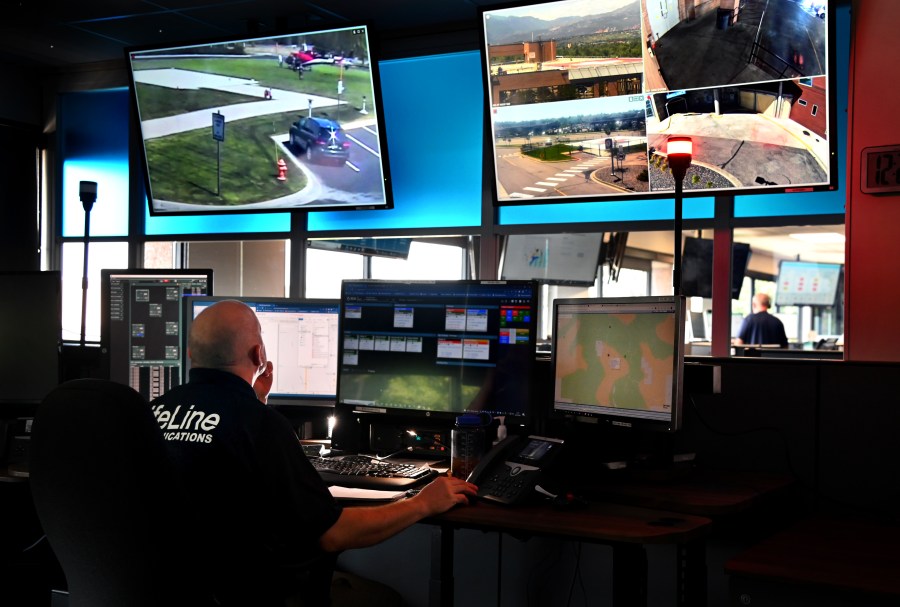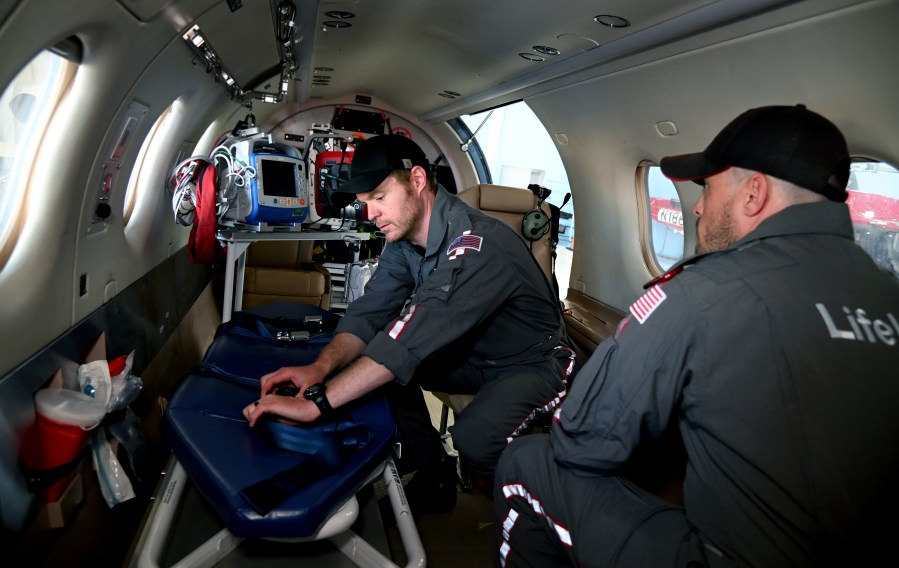DENVER (KDVR) – The UCHealth air-critical transport team known as LifeLine added the sixth vehicle to its fleet back in January, expanding the group’s ability to transport patients by roughly 600%.
LifeLine’s fleet has consisted of five helicopters until now, thanks to the addition of a fixed-wing plane that can travel farther distances and go into more adverse weather conditions.
“Healthcare systems across the nation have evolved and successfully created a network of physicians with specialties, including care teams who are trained to treat very complex and unique conditions,” said Dr. Angela Wright, medical director of EMS and prehospital care for UCHealth’s Denver metro region.
Expanding a life-saving reach
According to UCHealth, the helicopters belonging to the LifeLine fleet can only travel to the scene of an emergency that’s within a 150-mile radius at maximum.
“UCHealth leadership, along with LifeLine, identified a significant need to reach a patient population that was located hundreds of miles away,” said Doug White, UCHealth LifeLine’s interim director. “These are patients who required transport to a different facility to receive specialized care, but were unable to get that transport with the helicopters in our fleet.”
With the help of the LifeLine communication center, the fixed-wing plane addresses that challenge by being able to cover a much more expansive radius of 900 miles.
“Having the LifeLine fixed-wing aircraft allows us to make sure critically ill patients are connected with those specialized teams to receive life-saving care, quickly,” Wright said.
The impact of Lifeline’s fixed-wing plane
According to UCHealth, their fixed-wing plane is more capable of flying in ice, snow and thunderstorms and can operate efficiently on cloudy days.
Every flight made by the fixed-wing plane, which is primarily used to transfer patients over long distances to other facilities, is crewed by:
- One pilot
- One flight nurse
- One critical care flight paramedic
Since January, the fixed-wing plane has made over 120 patient flights to destinations that include Pennsylvania, Minnesota, California, Kentucky, New Mexico and Wyoming.
Additionally, the plane is used to transport training crews around the state to provide clinical education to rural and volunteer first responders and EMS crews to “ensure every Coloradan receives the highest level of care.”




